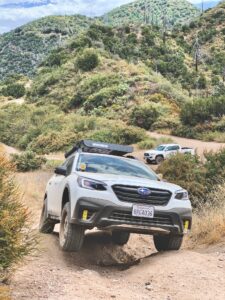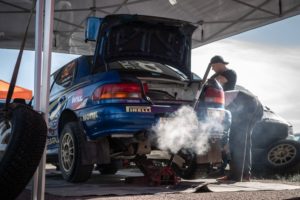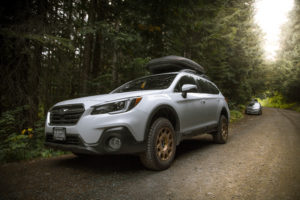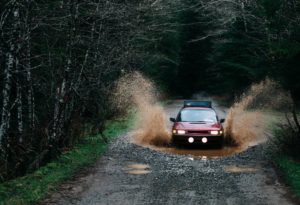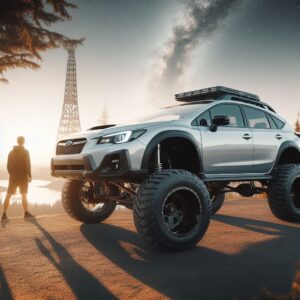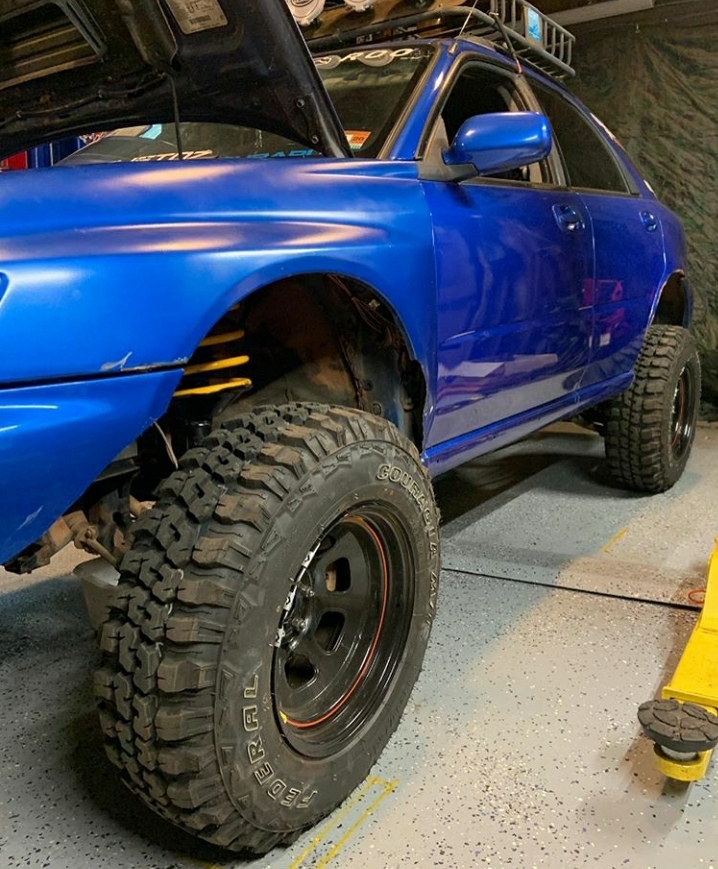
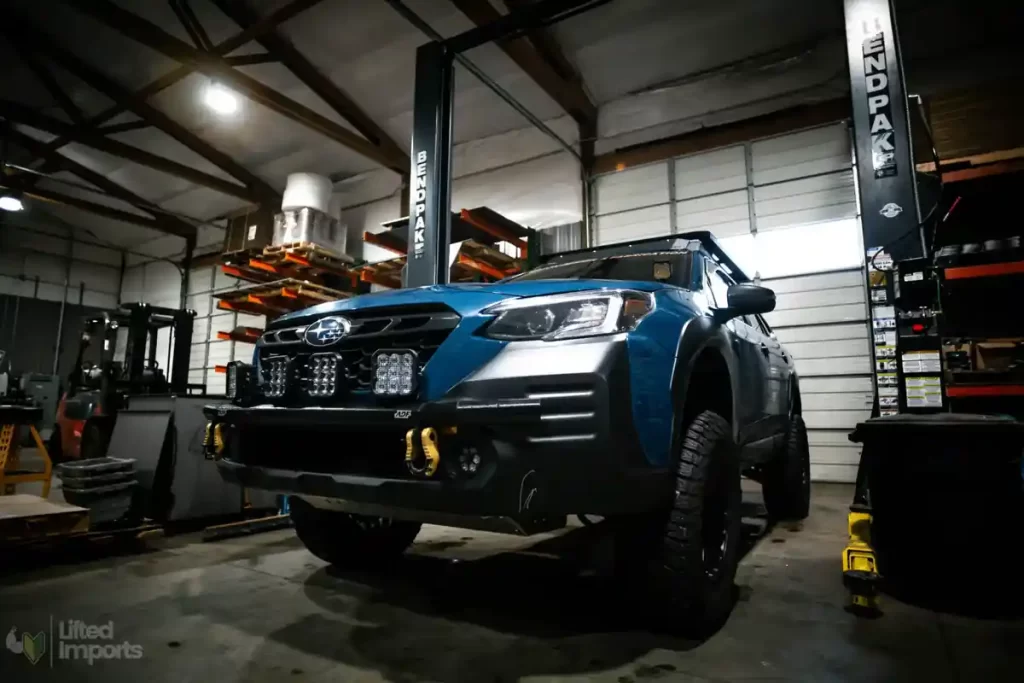
Subaru owners looking to get additional off-road utility out of their cars should certainly consider installing a lift kit for a much more capable vehicle. However, lifting any automobile above its factory ride height, whether with bigger tires, spacers or different suspension, will come with definite changes in the car’s performance — for better and sometimes worse.
So before you get started on your lift, it’s good to first make sure you have a clear idea of what you’re getting yourself into. Take a moment and read about four common side effects lifting has on your car.
After 10 years of owning lifted Subarus, I’ve experienced each of these and want to share some ways to mitigate each one with you. After reading this article you should have a good idea of what to expect after modifying your Subaru for off-road use and know a few tips to offset any negative outcomes.
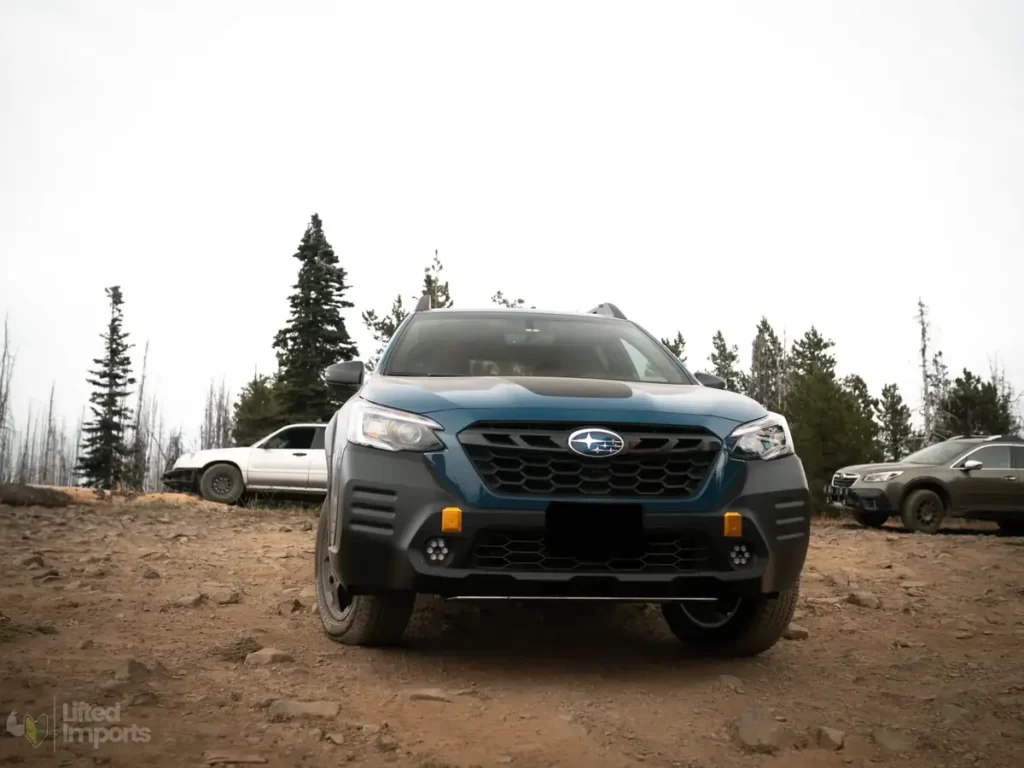
Table of Contents

Handling
The first and most obvious side-effect that lifting will have on your car is in how it handles. When we raise the ride height of a car without being able to compensate by widening the wheelbase, we will throw the vehicle’s center of gravity off a bit. Think of how unsteady a tall building might be if its foundation was the same dimensions as its top floor. It would likely collapse in no time. A sound structure has its base as its widest portion. This is also true for our cars.
After lifting your Subaru, you will likely notice more body roll through turns and a diminished amount of nimbleness in steering. Because we’ve raised the car’s center of gravity without widening the wheelbase, all the weight is forced to lean a greater distance as we maneuver the vehicle. The result is less stability and ultimately a less comfortable ride. However, unless the plan is to somehow turn your Outback into a monster truck on the stock chassis, safety concerns such as flipping over in turns or any serious loss of control will not be a large problem caused by a couple inches of lift.
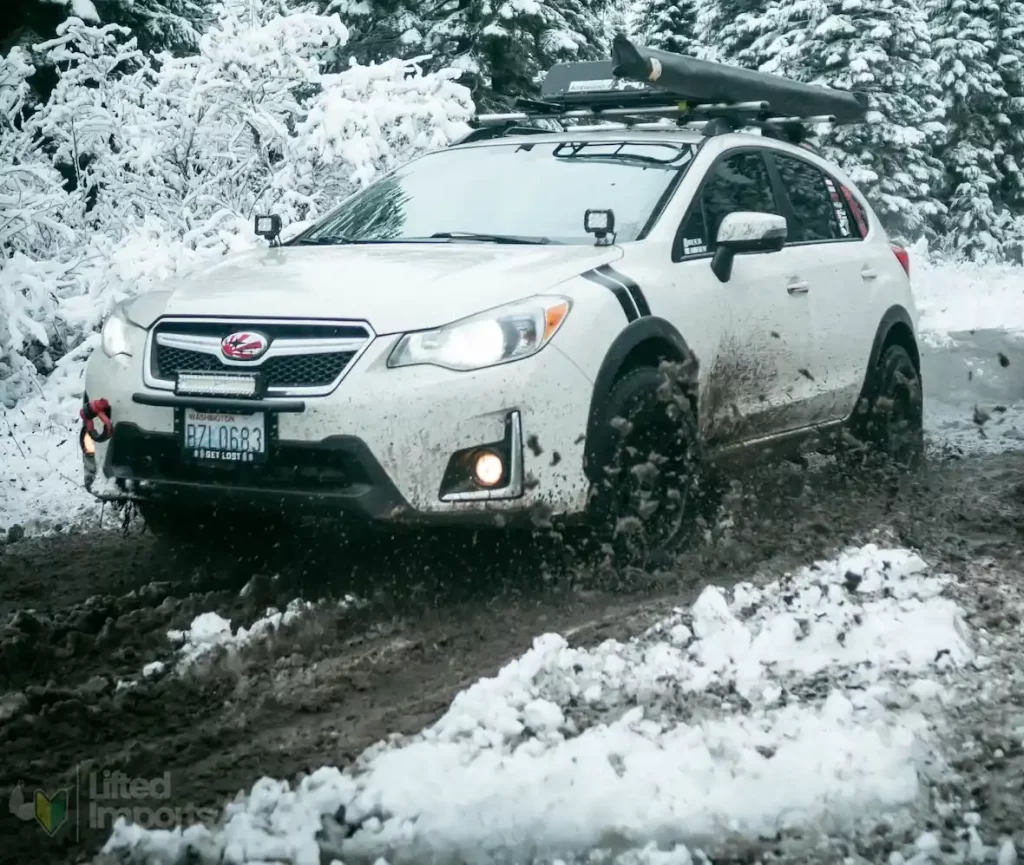
There are some great ways to offset the negative handling effects of a lifted vehicle. Stiffer springs and anti-roll bars (or sway bars) can be fitted relatively easily into most Subarus to help compensate for the increase in body roll. Your Subaru likely came with sway bars already installed and there are some good sway bar relocation brackets available from companies like Anderson Design & Fabrication to make sure you can still get proper suspension articulation without sacrificing the stability they provide. Stiffer springs can also help reduce the amount of body roll you may experience after lifting. Primitive Racing has overload springs for almost every Subaru.
Helpful TIP: Another item that I have started using on my Subarus to help improve the handling and stability is a strut tower brace. I’ve selected the MeLe Design Firm for both of my Subarus as they are a single piece construction that promotes better rigidity. They help the vehicle maintain better on-road manners and reduce body flex when on the trails.
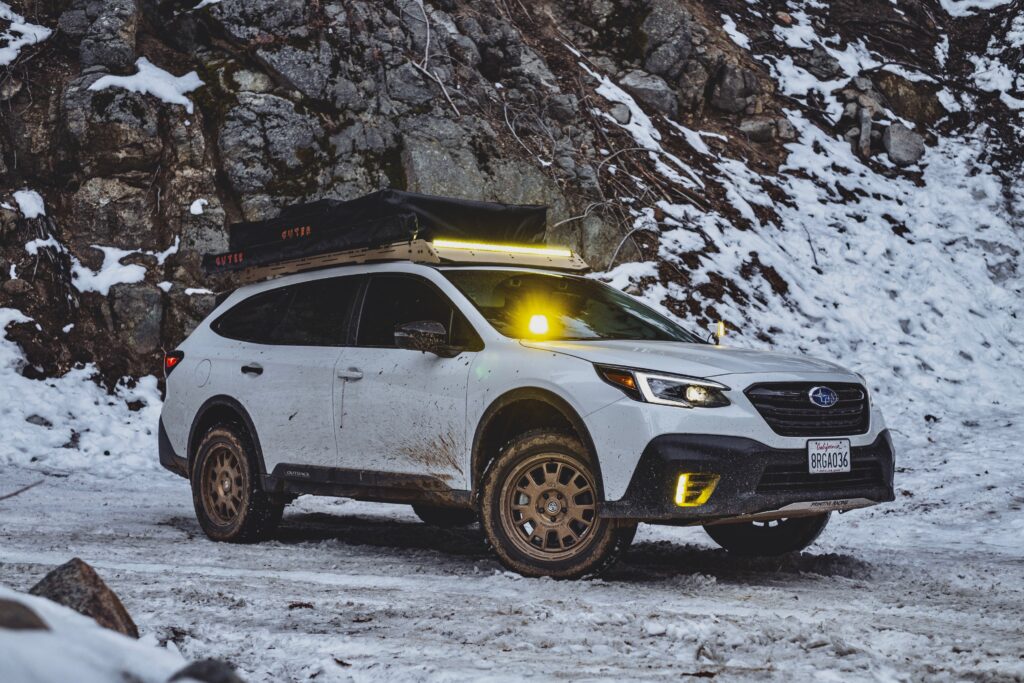
Braking
Simply lifting your vehicle with no other modifications will have almost zero effect on braking efficiency. However, most lifted Subaru builds are running a much heavier tire setup.
It’s mainly the bigger and heavier tires that contribute to reduced braking performance. More rotational mass on the wheels from large all-terrain tires means more braking force will be required to slow the vehicle.
While stock brakes in good condition on most Subarus can perform decently with typical all-terrain tires, the decrease in stopping power will certainly be obvious.
Be aware that it will technically take longer to stop and that brake wear will be slightly accelerated. One thing that can and should be done to help mitigate this issue would be to use high quality ceramic brake pads and good vented rotors (assuming the car is equipped with disc brakes and not drums). This is the most effective and straight-forward way to ensure your brakes deliver the optimal stopping power.
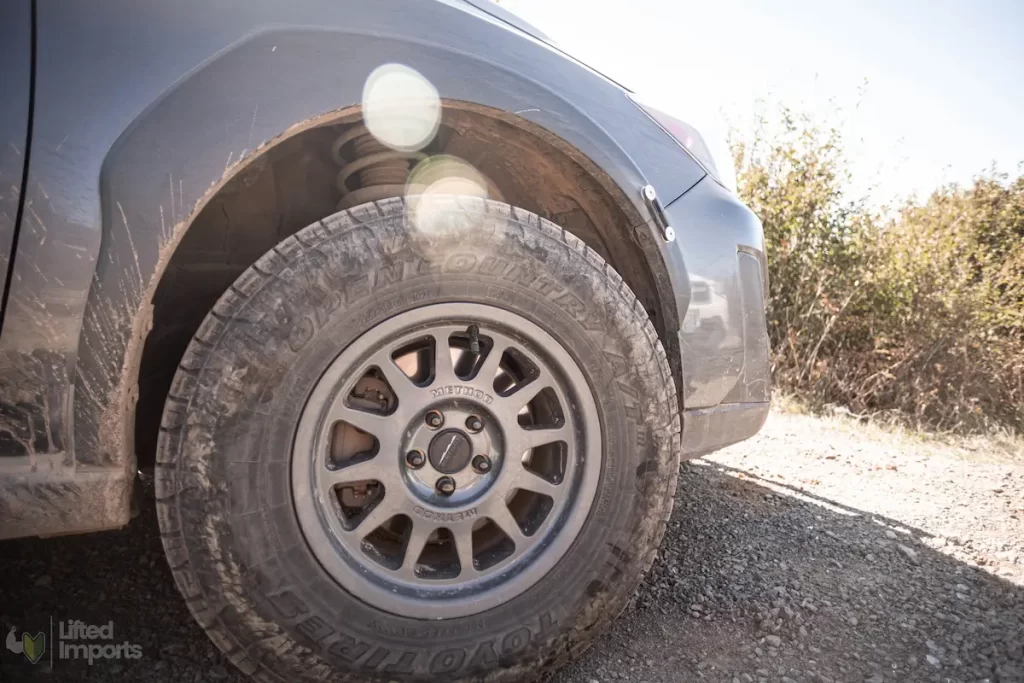
Along with upgraded pads and rotors, some people have retro-fitted larger calipers from different Subarus for more grab and steel brake lines improve stopping power and brake feel. You may consider some of these options when lifting to help compensate for the added stress on the brake system. But be aware that larger brakes will limit the size of wheel you can run.
Similar to the first side effect, do also anticipate additional nose dive with the taller suspension. Nose dive is the sudden transfer of weight to the car’s front when the brakes are applied while moving forward. Besides simply altering the vehicles original driving dynamics, more nose dive means more force is transferred to the front, which means there is more weight the brakes have to work against and a longer stopping distance. Stiffer springs will also help combat this common side effect.
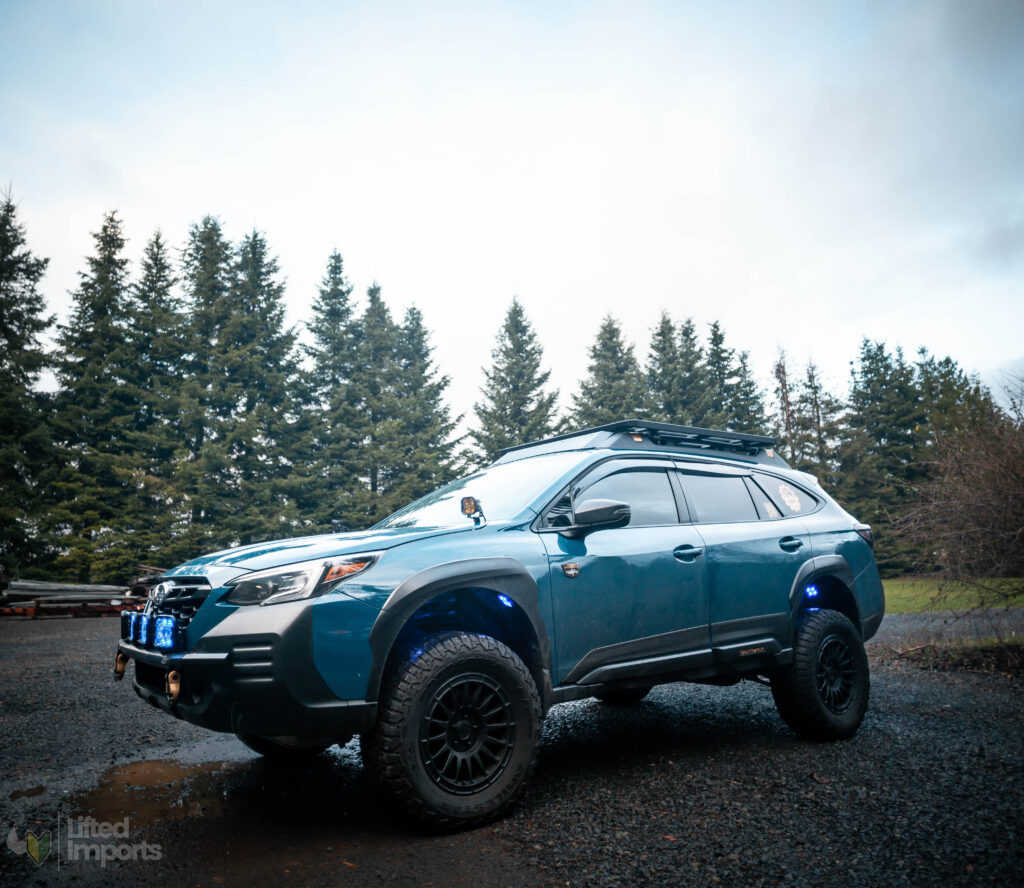
Transmission and Axles
It should also be expected that the transmission and axles could wear out a bit faster after lifting and installing heavier tires. Similar to brakes, the transmission will also have to deal with spinning more weight from the heavy A/T tires. The extra load causes more strain on the components than they have been designed to endure. Be sure to take care of your transmission by accelerating smoothly, keeping it lubed properly with good oil and by using good shifting technique if driving a manual.
Furthermore, the axles are also put at a steeper angle when lifting. By design, the axles are meant to operate at an optimal angle in relation to the transmission to reduce resistance while transferring rotational movement from the transmission into the wheels.
When we lift a car, the distance from the transmission to the wheel hub increases and the axle’s angle of operation is changed. The axles, of course, are connected to both the wheel hub and transmission simultaneously and are thus naturally forced to follow whatever path it must in order to keep the two parts connected. Therefore, when the position of the car’s wheel hub is changed during a lift without also adjusting the transmission position to compensate, the outcome is a more stressed axle.
The harsher angle puts greater wear on the CV joint and boot, causing more frequent rips in the axle boot and CV joint failures. To remedy this problem, one can either use subframe spacers to restore the transmission and hub to their proper alignment or learn to enjoy replacing axles a few times every year or so.
My personal experience differs here a little bit from others. While the increased CV axle angle no doubt can accelerate wear and tear, in all the years that I’ve owned lifted Subarus I have only had one CV axle failure. That particular axle was not a stock Subaru replacement and I had been off-roading the car very extensively on 4×4 trails. This may be due to my light throttle driving style, but I’m not certain the reasoning. (Check out my article on CV axle failures in lifted Subarus to see how you can mitigate this problem effectively)
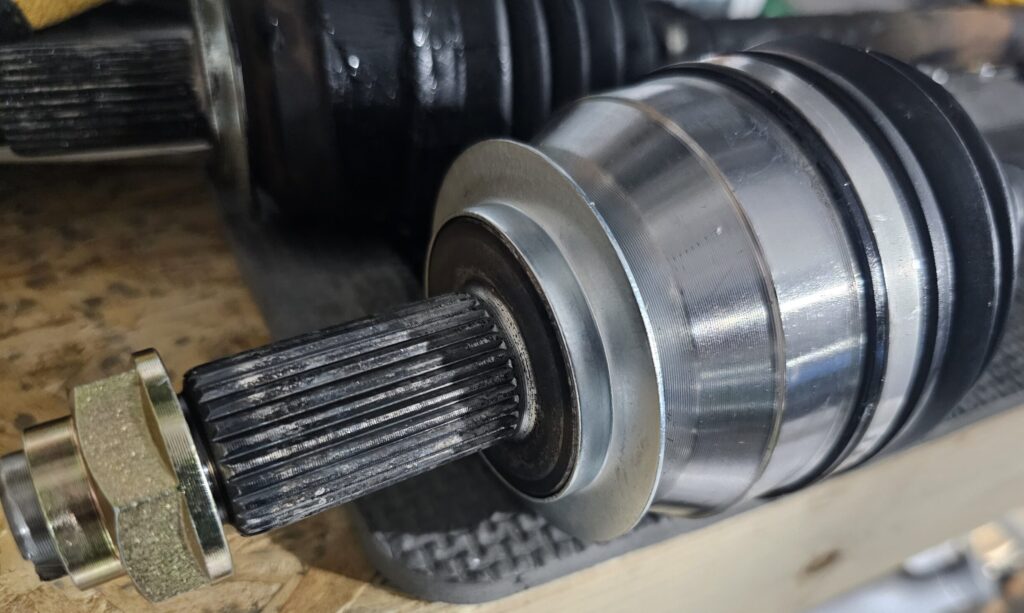
I constantly hear about CV axle issues but I think a big contributor to it is the use of aftermarket axles. Aftermarket axles are nowhere near as durable as OEM Subaru axles. In the event that an OEM axle fails (and they inevitably will as they’re a wear and tear part) and a person replaces it with a parts store unit, the new axle will fail and create the illusion that the lift kit is causing premature failure. Many people, including myself, have seen the best luck with used OEM axles and simply rebooting them.
Fuel Economy
The last major side effect–and essentially the summation of the above side effects–basically boils down into this one: fuel economy. Pretty unsurprising.
More weight to spin from the tires means more gas is needed to accelerate. More body roll means less efficient transfer of energy through the car, meaning the car needs more gas to keep it moving forward. More gas required means more gas per mile. More gas per mile means less miles per gallon. Less miles per gallon means less miles per tank.
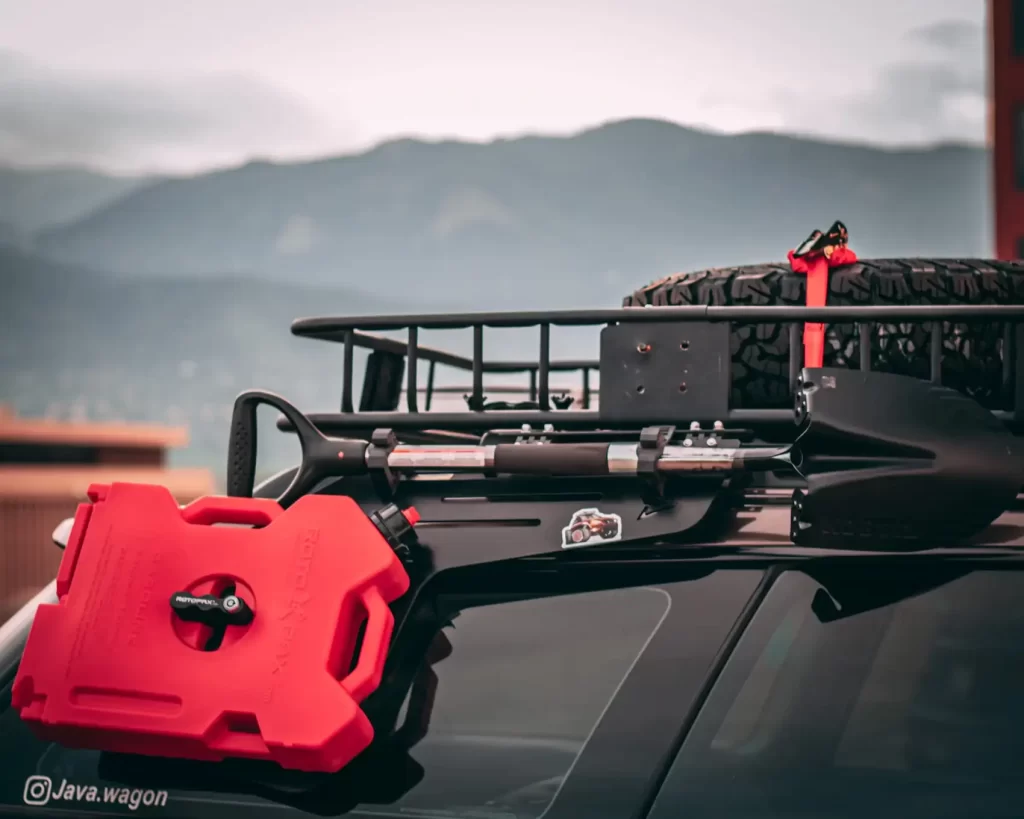
More gas means more money–and that can be a little bit of a bummer sometimes. However, the drop in MPG’s should not be too drastic, most report only losing a few miles. Some people with mildly modified lifted Subarus have even said they suffered almost no loss in fuel efficiency. It is probable that a lifted car will not run as efficiently as it did in stock form, but how much less efficient it will become will depend on your car, what wheel and tire set up you run, driving style and what suspension components you choose.
Also, remember that an increase in tire size will throw your odometer and speedometer off. When you check your MPG’s, know that the larger tires will cause the odom to show less miles than have actually been driven, so your MPG’s will be slightly better than they seem.
“How much fuel economy will I actually lose if I lift my Subaru?” This is a really common question. It varies widely, depending on what type of tires you use, what kind of gear you carry, how you drive, and if you add any engine modifications. However, most owners who install a lift with no additional changes find that it reduces mileage by maybe 1 MPG.
The biggest change to your gas mileage will likely come from putting heavy, non-aerodynamic gear on a roof rack. Items such as storage containers, rooftop tents, winches, off road bumpers, and full-size spare tires will create a large amount of drag. On one specific trip, I had a square tent bag on my roof basket that stuck out maybe 4-6 inches past the fairing. The effect was very stark as my mileage dropped by almost 5mpg. Winches, heavy off-road bumpers, and Bigger, heavier tires will also bring down your economy slightly.
A fully loaded Subaru with a lift kit and bigger tires may see a drop of anywhere from 3-8 MPG depending on driving style and speeds.
Check out Tim’s Crosstrek build. He explains how his off-road modifications affected his MPG’s.
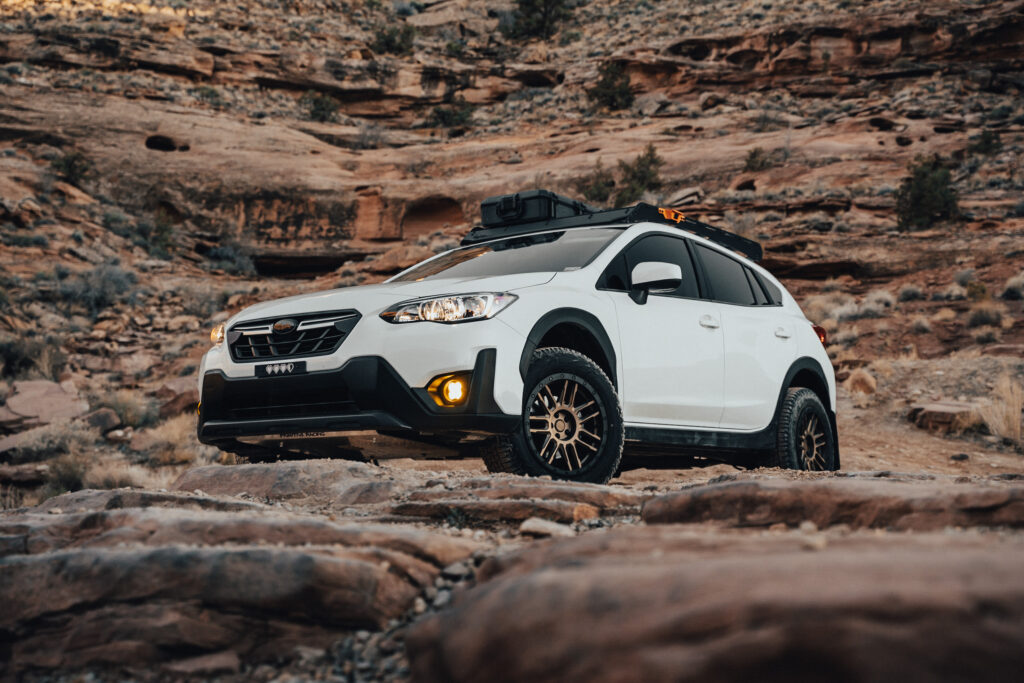
Off-Road Build Checklist
Here is a helpful checklist that I use to minimize any negative outcomes I may experience after modifying my car. It’s very simple but it has definitely helped me get the most out of my lifted Subarus.
- Is my wheel selection as light as it can be?
- Am I using the lightest tire that will still get the job done?
- Have I selected a lift kit and supporting suspension modifications to help maintain factory handling?
- Am I doing inspections and maintenance regularly to keep my vehicle running as well as possible?
All in all, lifting a Subaru is a great way to get some affordable, effective and reliable off road capability out of a car. Nothing is more exciting than seeing your little four-cylinder, AWD grocery-getter transform into a savage, trail-smashing machine. You will feel deeply empowered.
There certainly are drawbacks to a project like this though: the handling does get a little more loose, drivetrain parts can wear out faster, brakes die quicker and MPG’s might drop a bit, and it is valuable to be aware of these things before choosing whether-or-not to lift so that you’re sure it’s something you can enjoy. It is also equally important, though, to keep in mind that for every challenge that comes up, there’s an opportunity to find a solution. If lifting your Subaru is something you want to do (and you should want to do) don’t let the potential difficulties turn you away. Instead, get your hands dirty, think creatively to figure things out, be proud of your hard work and go for it.

